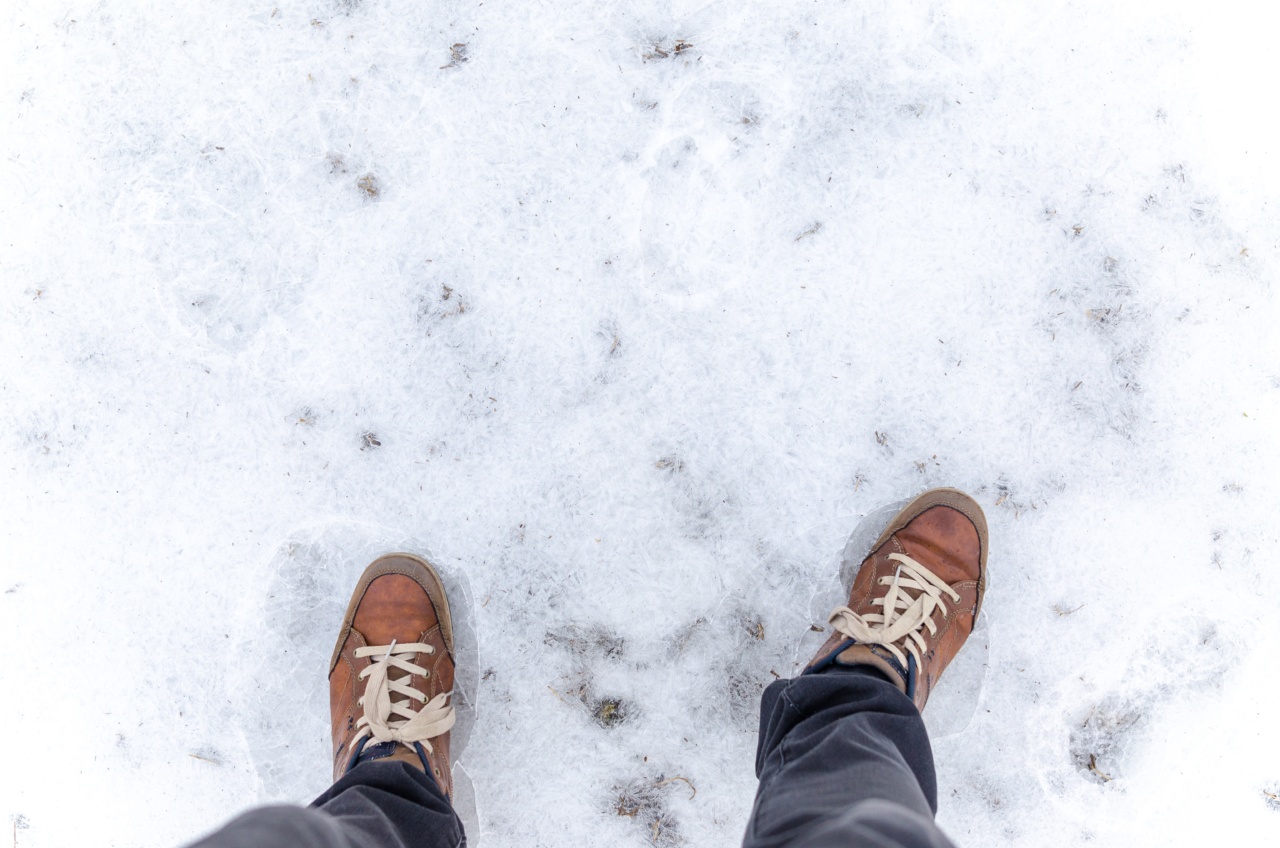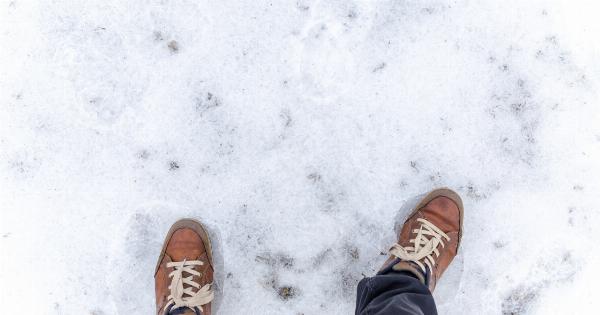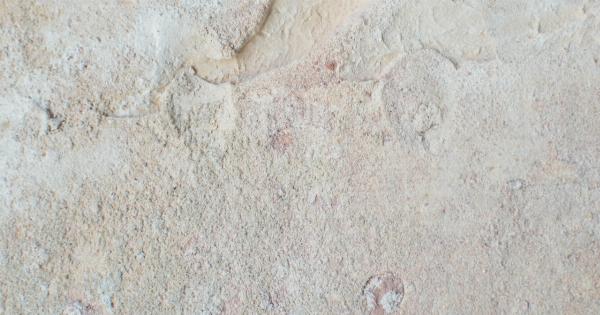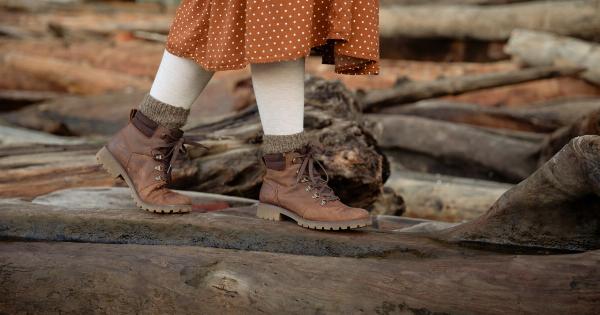Have you ever experienced the unpleasant sensation of having your legs feel frozen? It can be a disturbing and uncomfortable experience that may leave you wondering why it is happening.
In this article, we will explore five common reasons why your legs might feel frozen and provide you with some practical steps you can take to thaw them and find relief.
1. Poor Circulation
One of the main causes of frozen legs is poor circulation. When blood flow to your legs is restricted, it can lead to a lack of warmth in the extremities, making them feel cold and frozen.
There are several factors that can contribute to poor circulation, including sedentary lifestyle, smoking, and certain medical conditions such as peripheral artery disease. If you suspect poor circulation is the culprit behind your frozen legs, it is important to address the root cause and take steps to improve circulation.
2. Cold Weather Exposure
Another obvious reason why your legs may feel frozen is exposure to cold weather.
When your body is exposed to low temperatures for an extended period, it can lead to vasoconstriction, a narrowing of blood vessels, which reduces blood flow to your limbs. This reduction in blood flow can cause your legs to feel cold and even numb. To thaw your legs in this situation, you should warm yourself up gradually by moving indoors, wrapping your legs in warm blankets, or using a heating pad.
3. Nerve Damage
Nerve damage or neuropathy can also contribute to the sensation of frozen legs.
Conditions such as diabetes or peripheral neuropathy can impair the nerves responsible for regulating temperature in your legs, leading to abnormal sensations, including feeling frozen. If you suspect nerve damage is the cause of your frozen legs, it is essential to consult with a healthcare professional for a proper diagnosis and to develop a treatment plan.
4. Raynaud’s Disease
Raynaud’s disease is a condition that causes a sudden constriction of blood vessels in response to cold temperatures or emotional stress, leading to reduced blood flow to certain body parts, usually the fingers and toes.
In severe cases, the legs can also be affected, resulting in a frozen sensation. Managing Raynaud’s disease involves keeping your extremities warm, avoiding triggers, and discussing medication options with your doctor.
5. Hypothyroidism
If your metabolism is slowed down due to an underactive thyroid gland (hypothyroidism), it can impede proper blood circulation, leading to cold sensations in your legs. Hypothyroidism can also cause overall colder body temperatures.
A thorough medical evaluation can determine if hypothyroidism is causing your frozen legs, and appropriate treatment (such as hormone replacement therapy) can be prescribed to alleviate the symptoms.
Thawing Your Frozen Legs
Now that we’ve explored some common reasons why your legs may feel frozen, let’s look at what you can do to thaw them and find relief:.
1. Keep Warm
To thaw your frozen legs, the first and simplest step is to keep warm. It may seem obvious, but bundling up in warm clothing and using heating pads or blankets can help increase your body temperature and improve circulation to your legs.
2. Move Around
Physical activity can stimulate blood flow and warm up your legs. Engage in light exercises or take short walks to get the blood pumping and relieve the frozen sensation. Ensure you layer up appropriately to maintain warmth as you exercise.
3. Massage Your Legs
Gently massaging your legs can promote blood circulation and provide relief from the frozen feeling. Use circular motions with light to moderate pressure to stimulate blood flow and warm up the affected areas.
4. Use Warm Water Soaks
Soaking your legs in warm water can help increase circulation and alleviate the sensation of frozen legs. Fill a basin or bathtub with warm (not hot) water and immerse your legs for 15-20 minutes.
Consider adding Epsom salts to the water for added relaxation and potential pain relief.
5. Improve Your Circulation
If poor circulation is a recurring issue for you, there are several lifestyle changes you can adopt to improve it.
Quitting smoking, maintaining a healthy weight, exercising regularly, and elevating your legs when sitting or lying down can all help enhance blood flow to your legs and prevent them from feeling frozen.
6. Seek Medical Advice
If your legs continue to feel frozen despite trying various remedies, it is crucial to seek medical advice. A healthcare professional can conduct a thorough examination, determine the underlying cause, and recommend appropriate treatment options.
Conclusion
Experiencing frozen legs can be uncomfortable and alarming, but there are often simple explanations behind this sensation.
From poor circulation to cold weather exposure, nerve damage, Raynaud’s disease, or hypothyroidism, understanding the cause is crucial in finding relief. By taking steps to keep warm, improve circulation, and seeking medical advice if necessary, you can effectively thaw your legs and escape the frozen feeling.





























